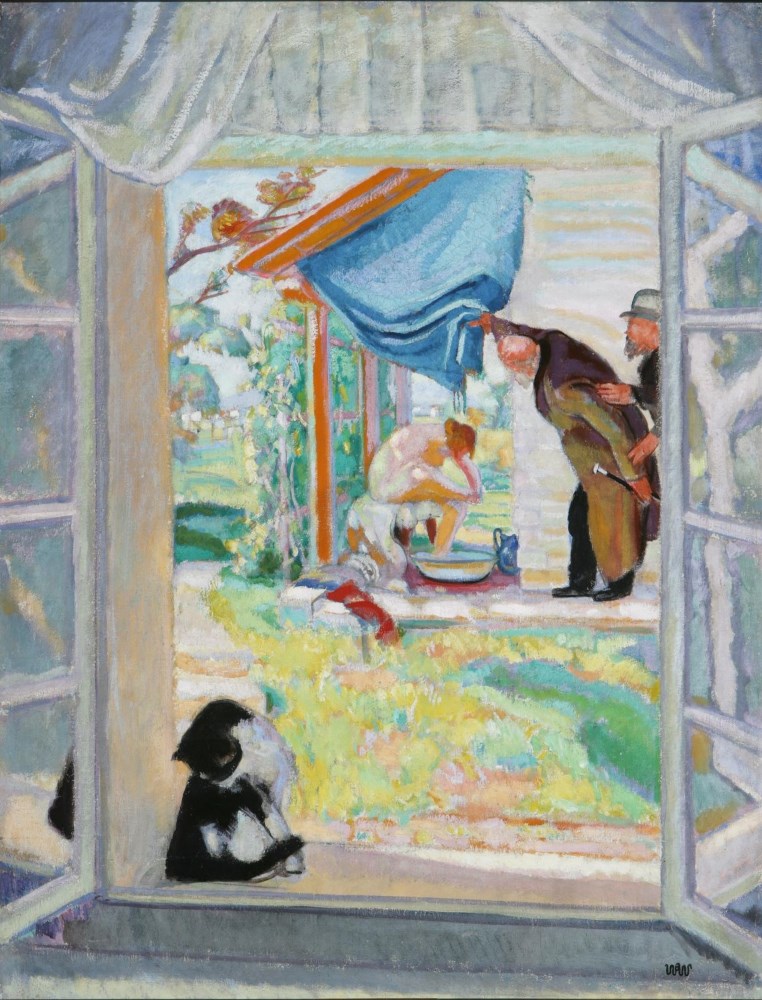Description:
Wojciech Weiss (1875-1950) was born in Romania, from where he moved to Poland with his parents in 1888. After graduating from a Krakow gymnasium, he began studying at the Academy of Fine Arts. Numerous European travels allowed the artist to become acquainted with the then artistic trends, which can be found in his works. At the age of only 23, he made his debut at an exhibition at the Warsaw Society for the Encouragement of Fine Arts. Recognized as a promising talent, he was a member of the Polish Artists‘ Society “Art“ the following year. For years he regularly exhibited his paintings, winning numerous awards. His work can be divided into stylistically different periods. The first, called Expressionist, permeated with symbolism, was characterized by works inspired by the work of Edward Munch. Paintings painted in a dark palette were filled with anxiety and pessimism. The next – white period – takes its name from the artist‘s search for light. The works of this period, painted in a bright palette, are full of joy of life. Towards the end of his life he focused on the socialist realism movement, adapting to the then realities.
Description of the painting:
The painting “Susanna“ is clearly divided into two planes. The first is a part of the wall with an open window, through which the viewer can observe the scene behind it. On the second plane, on the left side, there is a view of the garden, further of the outline of the village buildings in the distance. The right part is occupied by a building, in whose arbor a woman is taking a bath. From behind the wall of the building, two old men are visible. The man on the left leans out, raising a blue curtain protecting the woman. The other is looking from behind his back. This is a depiction of the biblical scene of Susanna bathing, watched by old men.
The work is created with a bright, pastel palette of hues. The lack of contour is replaced by sharpening the figures and the chiaroscuro of the view. The painting is almost a study of light, whose reflections the artist renders both on the background depicting the scene taking place in the open air and on the panes of the open window on the foreground. In them we see reflections of the frames and parts of the landscape, as well as the sun beams. The folds of the curtain falling on the window wings are also highlighted by the brightening. The composition of the work is based on the frames of the painting, the window frame and the space of the gazebo revealed by one of the men, which open up before the viewer. The way in which the foreground is pictured as an interior with a view of the scene places the spectator as a direct observer, who is perhaps also stealing a glimpse of the happening scene. The painting Zuzanna is a transposition of the biblical story into the realities of Weiss. This is emphasized by the landscape and the clothes of the old people. The presence of the cat on the sill creates a feeling of serenity, which is continued by the landscape framed in bright colors, but is interrupted by the scene in the gazebo.


